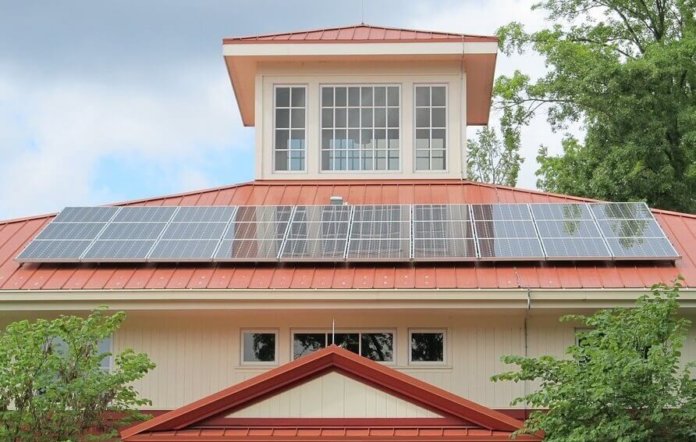A new study from the U.S. Department of Energy’s (DOE) Lawrence Berkeley National Laboratory (Berkeley Lab) finds that residential property-assessed clean energy (R-PACE) programs increased deployment of residential solar PV systems in California from 2010 to 2015.
Specifically, deployment increased by about 7%-12% in cities that adopted these programs during that period, when residential PACE programs such as Renovate America’s HERO financing were expanding rapidly across California.
As explained by Berkeley Lab’s Electricity Markets & Policy Group (EMP Group), R-PACE is a financing mechanism that uses a voluntary property tax assessment, paid off over time, to facilitate energy improvements and, in some jurisdictions, water and resilience measures.
While previous studies demonstrated that early, regional R-PACE programs increased solar PV deployment, the new analysis — Assessing the PACE of California residential solar deployment — is the first to demonstrate these impacts from the large, statewide R-PACE programs dominating the California market today, which engage private capital to fund the upfront costs of the improvements, says the EMP Group.
Berkeley Lab estimated the impacts using econometric techniques on two samples:
- Large cities only, allowing annual demographic and economic data as control variables; and
- All California cities, without this annual data.
The analysis of both sampled controls for several factors other than R-PACE that would be expected to drive solar PV deployment, the EMP Group notes.
Berkeley Lab infers that on average, cities with R-PACE programs were associated with greater solar PV deployment in the study period. In the large-cities sample, solar PV deployment in jurisdictions with R-PACE programs was higher by 1.1 watts per owner-occupied household per month, or 12%. Across all cities, solar PV deployment in jurisdictions with R-PACE programs was higher by 0.6 watts per owner-occupied household per month, or 7%. The large-cities results are statistically significant at conventional levels; the all-cities results are not, according to Berkeley Lab.
“Our estimates imply that the majority of PV deployment financed by R-PACE programs would likely not have occurred in the absence of the programs,” say researchers Jeffrey Deason and Sean Murphy. “These results suggest that R-PACE programs have increased PV deployment in California even in relatively recent years, as R-PACE programs have grown in market share and as alternate approaches for financing solar PV have developed.”
Roy Guthrie, CEO of Renovate America, adds, “PACE was designed to encourage the adoption of more clean energy technologies, and it’s encouraging to see evidence that these programs are really moving the needle when it comes to driving deployment of distributed solar PV and empowering homeowners to go solar.”
The DOE’s Office of Energy Efficiency and Renewable Energy-Building Technologies Office also supported this research.




